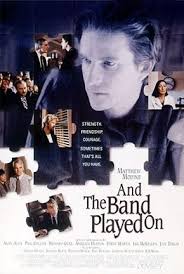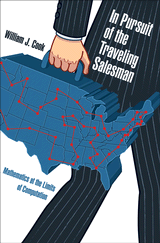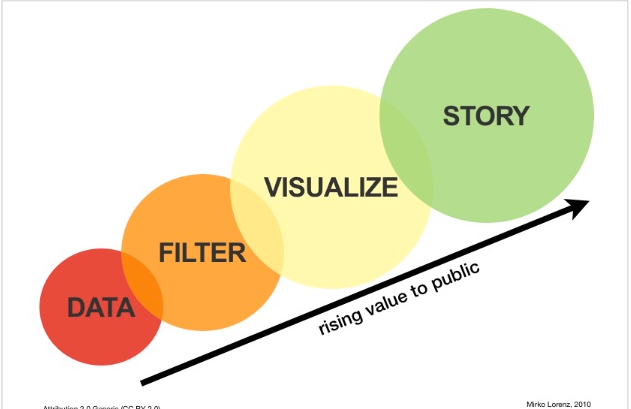What can we prove?
Over the weekend I went all 'Back in the day' with my 'Generation X movies, ranked' post, but something I heard today made me compelled to fire up the way back machine once again.
The backstory....
Sitting on a (delayed) plane waiting to get clearance to take off last night and I could not help but overhear the dude next to me carry on a 'You were supposed to turn off your cell 10 minutes ago but obviously you are too important to follow the rules' conversation with what I think must have been his colleague at whatever monkey business they were up to.
My pal in seat 4A kept repeating the following questions to the person on the other end of the conversation, (who I have to think was probably praying for merciful death, or a fire drill):
"Do we know that for sure? Can we prove it?"
So to tie this back to the 'In the day' reference at the top, the (interminable) conversation reminded me of one of my favorite films that I probably could have included on the 'Gen X' list, 'And the Band Played On', an HBO film from 1993 about the discovery of the AIDS virus and the political and medical flights that were hallmarks of the earliest efforts to combat the disease.
In the film, the doctors and the medical researchers of the CDC are featured prominently - the agency was at the time at the forefront for governmental efforts towards the identification of the virus, understanding its effects, and finally, attempting to identify the best approaches to keeping the virus from spreading. Throughout the film, the CDC researchers and doctors would develop theories about the disease and make (educated) guesses as to what the government and public health officials should be doing to try and stem the danger to the public.
But every time one of the doctors shared his or her theories about what was happening the head of the CDC would respond with the following series of questions, or challenges:
What do we think?
What do we know?
What can we prove?
The motivation behind the CDC head's questions was that the suits in charge would not authorize additional funding for testing and research unless the doctors had a way to prove that their theories about how the disease was being spread and the needed actions to take were accurate.
Bottom line: It doesn't matter what we think. It even doesn't matter what we know. It only matters what we can prove.
And I think these three simple questions are good ones to keep in mind for HR/Talent pros who are seeking to adopt more data-driven approaches and analyses to their practices of recruiting, development, retention, and succession planning, (and maybe more).
It is a good reminder because like the CDC head in the movie, the execs that control the budget and the strategic direction for all HR programs are more likely to back ones that are more about what can be proved, and less about ones that are about what some HR person thinks.
What do we think?
What do we know?
What can we prove?

 Steve
Steve



